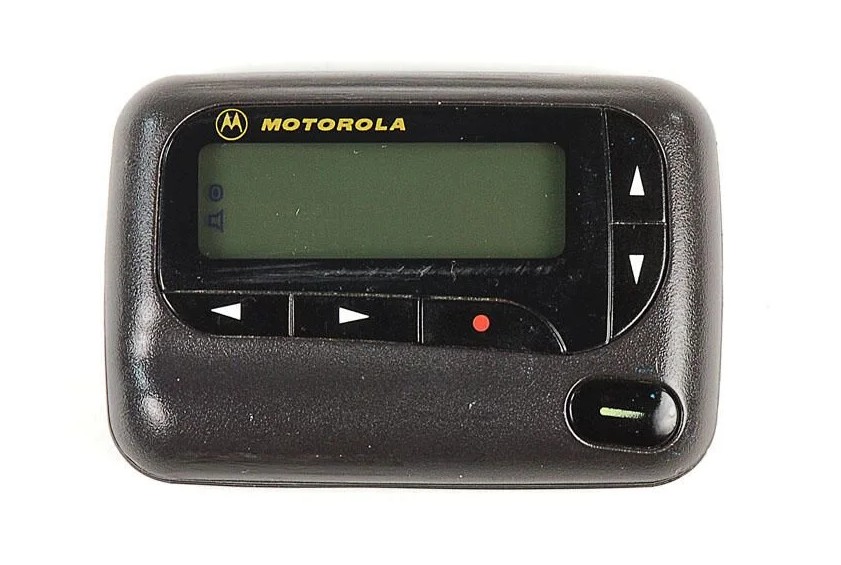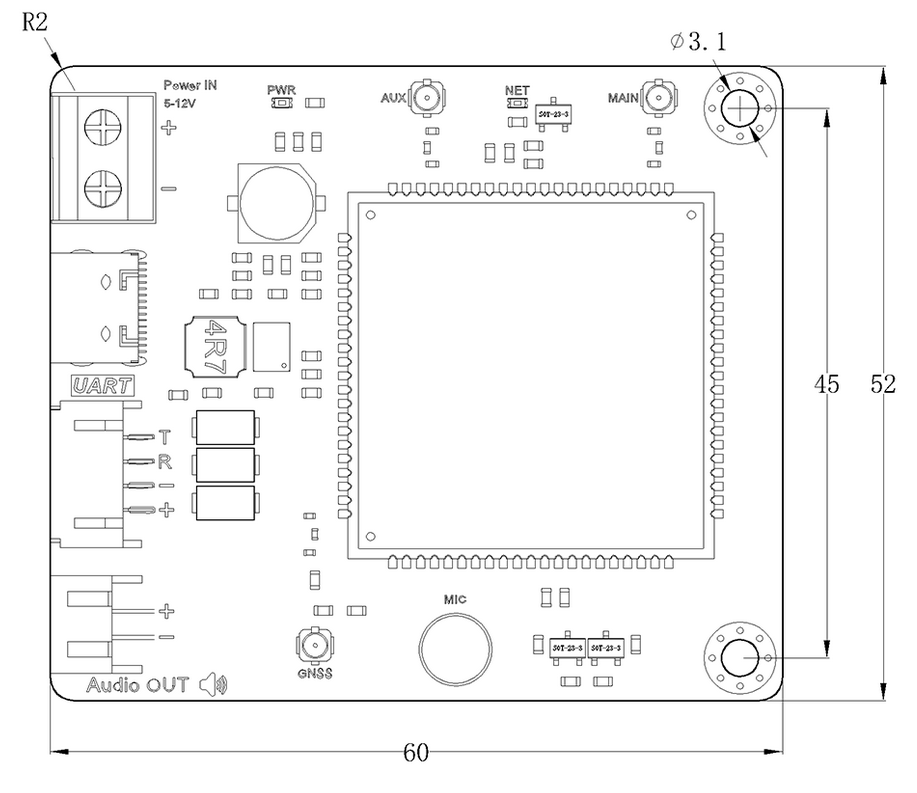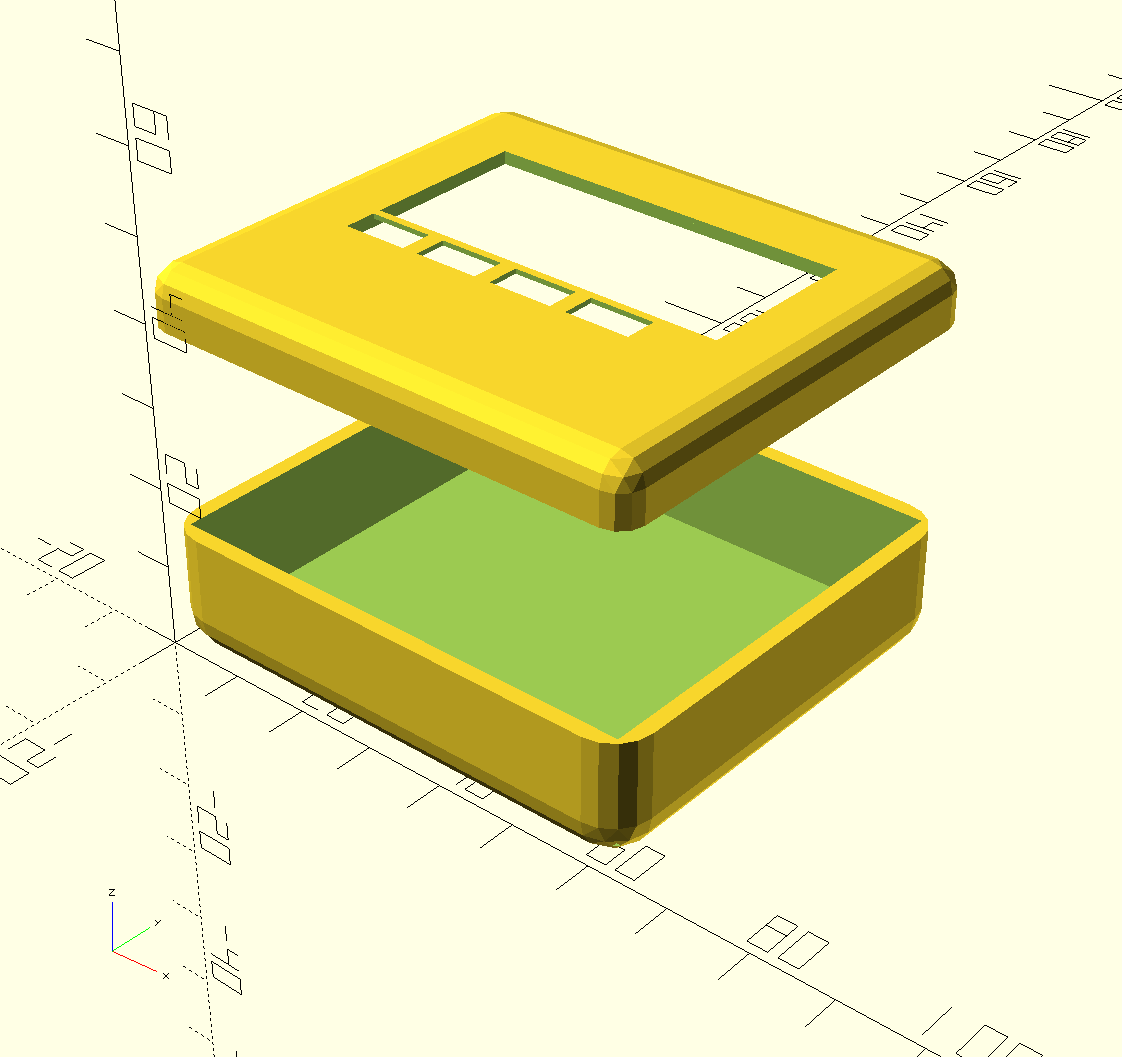I've complained many times about smartphones and I've tried for years to find a way to get rid of mine. One of the ideas that I keep coming back to is one I call "The Pager", and now that I have a small and handy laptop I think it's time to revisit this idea.
The Pager is simple. In form it's similar to the type of alphanumeric pager I carried in the 90's. There is a small LCD display that shows the incoming message, it vibrates and perhaps even plays a tone when a new message arrives.

A Motorola Advisor Gold like the one I carried for years in the 1990's
Functionality-wise it's mostly the same with two differences:
1. It has some very basic 2-way functionality
2. It can act as a WiFi hotspot
Since I would rather use a computer to do most of the things I use my phone for, I'll just use my computer instead of the phone. But sometimes I'm not near a network, so I'll need some way to connect my laptop to a mobile data network; hence the hotspot. The only other thing I really need a phone for is responding to timely messages like family emergencies or last-minute additions to a grocery list. This is where the old-school pager aspect comes in. If someone needs me, they can send a text to the pager and I can call them back. If it's particularly urgent and I don't have a computer handy the 2-way features of the device can be used to send one of several "canned" responses. This eliminates the need for a full keyboard or an awkward letter-by-letter graphical interface.
Coincidentally, Verizon almost made this for me a few years ago. I once had an LTE hotspot from them that was just slightly larger than a pager and had a small OLED status screen. The screen normally displayed things like battery level and the SSID, but if you sent a text to the phone number associated with the device, it would display the text of the message on the screen.
Hardware-wise I don't think it would be very hard to design. There's a number of cellular data modules designed for connecting things like soda machines to the Internet that put pretty much everything I'd need into a single component. Some of these even include a small Python interpreter or some other programming language so it might even be possible to implement without a separate microcontroller. What I've found to be the hardest part is sorting out what network each device will work with and if I can get a reasonable service plan for the device.

Drawing of the DFRobot SIM7600G-H Gravity development board
Other than that the only other electronics are the display, a couple of buttons, a battery and a charging circuit (although even that is included in some of these network modules).

OpenSCAD "sketch" of a potential case design for The Pager
I think if I can ever figure out the carrier part I might build one of these, maybe even next winter. It would pair well with the Framework 12 (which I'm already using in place of my phone in many ways) and I really need to find a way to get rid of my iPhone while it still works.